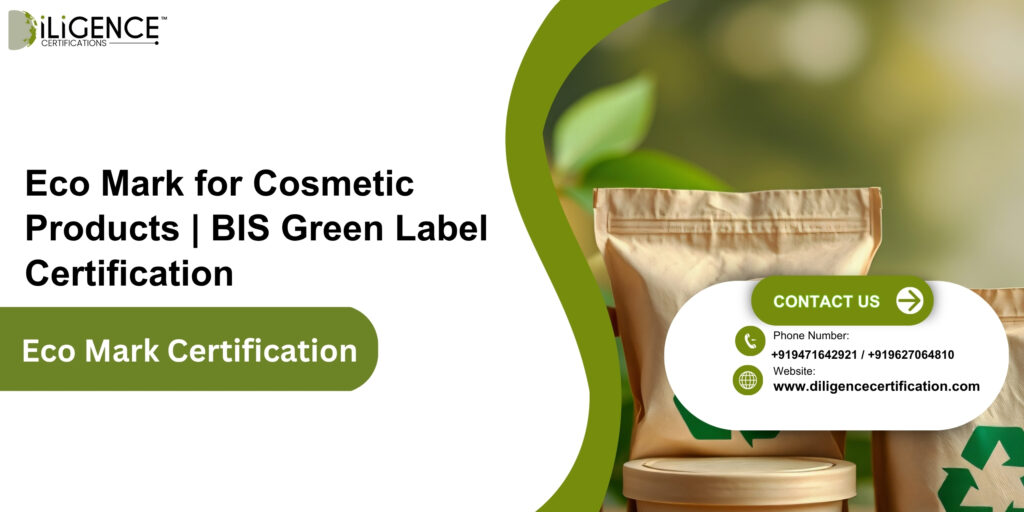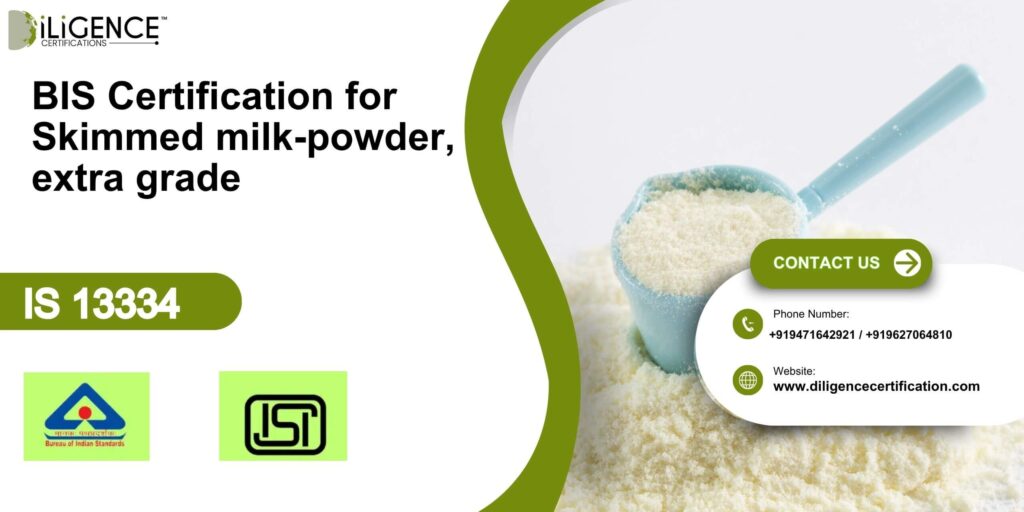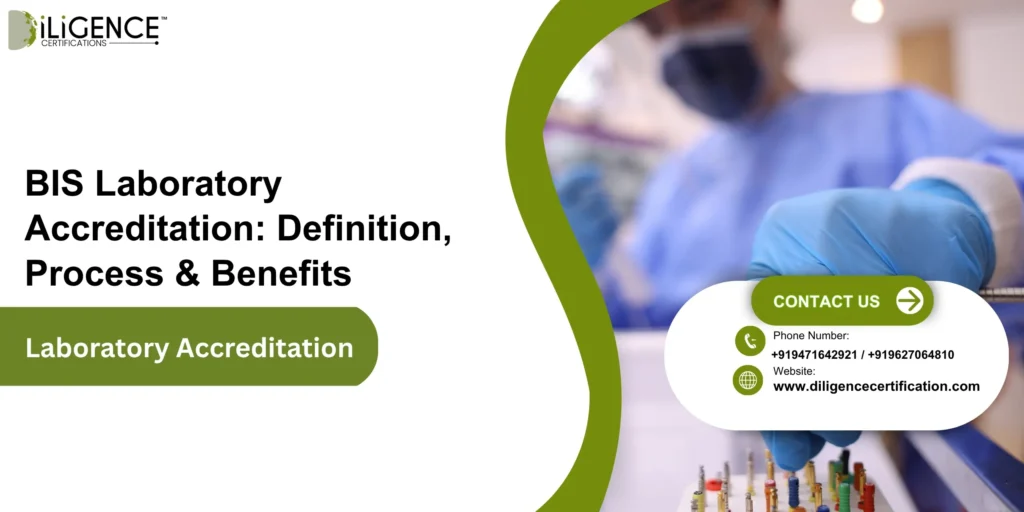- The ECO Mark logo for cosmetic products is India’s official symbol of eco-friendly manufacturing and sustainable composition.
- Under the Ecomark scheme, cosmetic brands meeting BIS and environmental criteria can display the logo as proof of ecological safety.
- The Eco mark scheme includes a detailed list for cosmetic products for Eco mark like creams, shampoos, and lipsticks, ensuring quality and environmental compliance.
- Issued under the Ecomark scheme by BIS in coordination with CPCB.
- Ensures compliance with safety, quality, and eco-friendly standards.
Introduction

The ECO Label logo for cosmetic products is actually the most mature and widely practised eco-labelling certificate all over India , which besides its main feature – green chemicals certification – also serves as a benchmark for identifying products that are environmentally safe and sustainable. Regulated by the Ecomark scheme and operating by the Bureau of Indian Standards (BIS) together with the Central Pollution Control Board (CPCB), the green certification guarantees that cosmetic products comply with stringent environmental, safety, and quality regulations.
Cosmetics, which range from skincare, haircare, to personal care products, are being made mostly of chemicals, through water-intensive processes, and with the help of plastic packaging. The green scheme of the Eco mark has devised a clear plan to slash environmental impact in-between the steps through the selection of biodegradable ingredients, the use of recyclable packaging, and the elimination of pollution.
With the Eco mark logo, the cosmetic industries can signal that they abide by the green practices and hence find a loyal customer base. The certification further prescribes the cosmetic items that can be certified and lays down the eco-criteria both for the items in general and the items in particular, thus making only eco-friendly items to be covered by the certificate.
What is the ECO Mark Logo for Cosmetic Products?

India’s official eco-labelling symbol, the ECO Mark logo, is given by the Bureau of Indian Standards (BIS) with the help of the Central Pollution Control Board (CPCB) and the Ministry of Environment, Forest and Climate Change (MoEFCC).
This logo is in the form of a green earthen pot and it stands for purity, environmental balance, and traditional ecological values, and at the same time making the statement that the product is safe, without toxins, biodegradable, and produced through sustainable processes.
For cosmetics, the product means the ingredients and manufacturing methods that are considered as packaging also meet the strict ecological requirements. The earthen pot, when combined with BIS Standard Mark, signifies reliable and environmentally safe products.
Understanding the Ecomark Scheme in India
The Ecomark Scheme (also known as the Eco mark scheme) was introduced by the Government of India in 1991. Its main purpose is to encourage manufacturers to adopt environmentally friendly practices and help consumers identify products that cause minimal environmental damage.
It has been a long journey for the scheme till the 2024 tweak — in the spirit of the lifestyle for the environment (LiFE) initiative of India. Being widely used, makeup products have been chosen as the main target because of the chemicals, plastics and water-intensive manufacturing they are involved in.
Objectives of the Eco Mark Scheme
- Support ecologically responsible and efficient products.
- Motivate green customer selection.
- Lessen the damage to the environment caused by both the production and the waste.
- Boost the processing, extraction and waste management practices of industries.
- Reward the companies that have the most sustainability practices in place.
In the case of the cosmetic industry, the program offers double the benefits: first, environmental credibility, secondly, market differentiation.
Why the Eco Mark Matters for Cosmetic Brands?
Modern consumers don’t just want beauty; they want ethical beauty. From skincare to haircare, buyers now examine ingredient labels, plastic footprints, and corporate sustainability.
For brands, obtaining the Ecomark certification does three things:
- Builds Consumer Trust
The ECO Mark acts as proof that your brand isn’t just marketing “eco” claims — it’s certified by the Government of India. - Improves Export Opportunities
International buyers and importers prefer certified eco-products. Many green retail chains in Europe and Asia specifically ask for Eco Mark or equivalent eco-labels. - Reduces Compliance Risks
With evolving cosmetic and environmental laws, certification under the Eco mark scheme ensures proactive compliance and helps avoid future penalties or restrictions. - Enhances Brand Positioning
In the beauty market, where new “natural” brands appear daily, the ECO Mark logo separates truly sustainable brands from the rest.
General Criteria for ECO Mark Certification (Cosmetic Products)
In order for a cosmetic product to qualify to use the Eco mark logo, it must first fit the general environmental specifications that are relevant to all product categories. These consist of:
Less Environmental Impact
The product must only make an insignificant amount of waste, emissions, or pollution throughout the process of manufacturing and after disposal.
Resource Utilization
- Utilization of energy, water, and raw materials in manufacturing should be such that it is not energy-consuming and a large amount of water and resources are not being consumed.
- Packaging Which can be Composed of Material that Goes through Biodegradation or Recycling
- The packaging materials have to be decomposable, recyclable, or reusable in order to cause the least possible plastic pollution.
Non-Hazardous Composition
The trace of toxic chemicals like lead, mercury, or arsenic must not be found in the product, and it should also avoid using the substances that might cause cancer.
No Animals Used for Testing
Animal-friendly was chosen as the means to say ‘NO’ to animal testing of or cruelty to products.
Conformity to Safety Regulations
The manufacturer must ensure that the product complies with the requirements of the Drugs and Cosmetics Act and the pertinent BIS regulations before it puts it to the market.
List for Cosmetic Products for Eco Mark
The Eco mark scheme currently covers multiple cosmetic products under its certification framework. Below is a simplified list of cosmetic items eligible for the ECO Mark logo:
| Category | Examples of Eligible Products | Core Eco Criteria |
| Skin Care | Face creams, moisturisers, body lotions | Must use biodegradable emollients and recyclable packaging |
| Hair Care | Hair oil, shampoos (herbal/synthetic), conditioners | Free from sulphates, lead dyes, and toxic parabens |
| Oral Care | Toothpaste, tooth powder | Non-fluoridated, safe for water systems, minimal abrasives |
| Fragrance & Deodorant | Perfumes, colognes, aftershave lotions | Must not contain CFCs or non-degradable propellants |
| Cosmetic Colourants | Lipsticks, nail polish, kajal, cosmetic pencils | Use plant-derived or approved pigments; avoid heavy metals |
| Men’s Grooming | Shaving cream, beard oil | Should comply with biodegradable surfactant standards |
| Baby Care | Infant creams, powders, lotions | Must be hypoallergenic and free from synthetic fragrances |
Each product is tested not just for physical quality but also for its environmental footprint — right from ingredient sourcing to packaging disposal.
Key Environmental Criteria for Cosmetic Ecomark Certification
The Eco mark scheme sets both general and product-specific environmental conditions. For cosmetic products, these include:
- Ingredient Restrictions
- No banned colourants or harmful preservatives.
- Use of natural or biodegradable surfactants.
- Heavy metals below permissible limits (Lead ≤ 20 ppm, Arsenic ≤ 2 ppm).
- Packaging Requirements
- Plastic components must be recyclable or biodegradable.
- Containers should avoid PVC or multilayer plastic.
- Refill options are encouraged.
- Manufacturing Compliance
- Plants must hold pollution control clearances from SPCB.
- Wastewater and air emissions should stay within prescribed norms.
- Labelling Guidelines
- The Eco Mark logo must be printed clearly with the BIS certification number.
- Labels must declare “Eco mark applies to product contents only” if packaging is excluded.
Step-by-Step Process to Get the ECO Mark Logo for Cosmetic
Here’s how cosmetic manufacturers can obtain certification under the Eco mark scheme through BIS:
Step 1: Confirm Product Qualification
Check if your cosmetic is included in the Eco mark product list or not. Most face creams, shampoos, body lotions, etc., are potentially in.
Step 2: Read more about Eco Standards
Go through the environmental and product-specific standards separately. Everything needs a lot of internal documentation like the lists of ingredients, manufacturing flowcharts and a mix of other documents about the company’s policy for environment.
Step 3: Compliance and Test Results
Select NABL’s approved testing laboratory to achieve the verification of the eco-parameters, such as, biodegradability, heavy metals, packaging recyclability, etc., by chemical analysis.
Step 4: After the procedure mentioned above is completed
You will be required to fill out an application form to BIS or the upcoming CPCB online portal along with all the necessary documents, test reports, and environmental clearances.
Step 5: Checking and Validation of the Process
From the BIS side, they make a visit to your place of production to check if everything is done in line with the eco standards.
Step 6: License Grant
Once verified, BIS issues a license authorising use of the Eco mark logo along with the Standard Mark on your cosmetic product.
Step 7: Renewal & Monitoring
The certification is generally valid for three years, subject to compliance audits and renewal upon re-testing.

Documents Required for ECO Mark Certification
- BIS application form
- Test reports from NABL-accredited labs
- Ingredient safety data sheets
- Details of packaging material
- Factory pollution control clearances
- Quality management system (ISO or GMP certificate)
- Declaration of eco-compliance
Timeline & Cost
| Stage | Approx. Duration | Remarks |
| Application Preparation | 5–7 days | Collect data, lab test reports |
| BIS Assessment & Inspection | 10–15 days | Includes site audit and document review |
| Grant of License | 20–30 days | Subject to compliance |
| Renewal (after 3 years) | 10 days | Requires re-testing |
Fees typically include application charges, testing costs, and annual marking license fees. (Note: Actual fees vary by product and testing scope.)
Benefits of ECO Mark Logo for Cosmetic Brands
| Benefit | Impact on Brand |
| Regulatory Compliance | Meets BIS, CPCB, and environmental standards simultaneously. |
| Export Readiness | Recognised by eco-conscious markets globally. |
| Consumer Trust | Adds visible credibility to “eco-friendly” claims. |
| Competitive Edge | Differentiates brands in a crowded cosmetic market. |
| Sustainability Leadership | Positions company as an environmental pioneer in personal care. |
Eco-conscious consumers are quick to identify authentic brands. Having the Eco mark logo signals integrity and commitment, not just marketing.
Validity and Renewal of ECO Mark Certification
The certification of the ECO Mark logo for cosmetic products is generally for a 3-year time frame from the date of effectuation. It is the obligation of the certified product to satisfy the Ecomark scheme’s environmental and product-specific criteria throughout the period, which includes good manufacturing practices, ingredient safety, and eco-friendly packaging.
Renewal Process:
- Renew the contract before completion so that the licensor can review the application.
- Re-certification procedure includes the re-evaluation of the product’s quality, a review of the product’s files and sometimes a visit to the manufacturing premises to check the ongoing compliance with the standards.
- BIS only renews the certification after a thorough check of the product to ensure that it still meets the ECO Mark standards of the country.
- The display of the Eco mark on products is a legal validation for marketability and packaging, thus, ensuring brand recognition and customer loyalty through consumer trust.
How Diligence Certifications Helps You Get the Eco Mark
At Diligence Certifications, our experts guide cosmetic manufacturers through every step — from environmental audits to BIS submission.
Our services include:
- Gap analysis against Eco mark standards
- Assistance with product testing and documentation
- Liaison with BIS and CPCB
- Post-certification support and renewal reminders
Whether you’re a startup brand or an established cosmetic manufacturer, our structured process ensures your certification is smooth, compliant, and credible.
Conclusion
The ECO Mark is more than a symbol for cosmetic products — it is a statement of responsibility. With sustainability being the dominant value in beauty, the Ecomark program is a providing a genuine, also government-recognized, route for the brands to confirm their eco-integrity.
From finding the ingredients to introducing packages of a new kind, the Eco mark changes not only the operational procedures of cosmetic brands but also the way in which the consumers see them.
In case you are prepared to let your brand adopt sustainability as a business asset, the only thing you have to do is contact Diligence Certifications and start your Eco mark journey today.
Frequently Asked Questions
What does the ECO Mark logo mean?
This icon indicates that the cosmetic product is environmentally friendly, healthy to use and manufactured in a sustainable way.
Which items belong to the cosmetics?
The cosmetic products are skin care, hair care, oral care, fragrances, and cosmetic colors like creams, shampoos, toothpaste, lipsticks, etc.
Who grants the certification?
The certificate is given by the Bureau of Indian Standards (BIS) in an association with the Central Pollution Control Board (CPCB)
What are the major advantages?
The certification will increase the customers’ confidence, assist the manufacturer in meeting legal requirements, open up the foreign market, and show the whole production process is eco-friendly.
For how long is the classification valid?
The term is usually three years from the day the certification was issued
How is it going to be renewed?
The process of renewing involves sending the application before the final day, submitting updated spag reports, updating documentation, and passing BIS verification.
Is it mandatory?
No, it’s voluntary but adds credibility and market advantage.
Could someone exploit the logo?
No. Utilizing it without permission or after the validation date has passed may lead to sanctions.
What are the major criteria?
The absence of poisonous substances, the use of biodegradable/recyclable packaging, the energy-efficient and low-pollution manufacturing.
What are the ways that the Diligence Certifications can help?
They support brands in the license application process, testing, the BIS, and the post-certification support.








 BIS Certification
BIS Certification
 CDSCO
CDSCO
 CPCB
CPCB
 LMPC
LMPC
 WPC Approval
WPC Approval
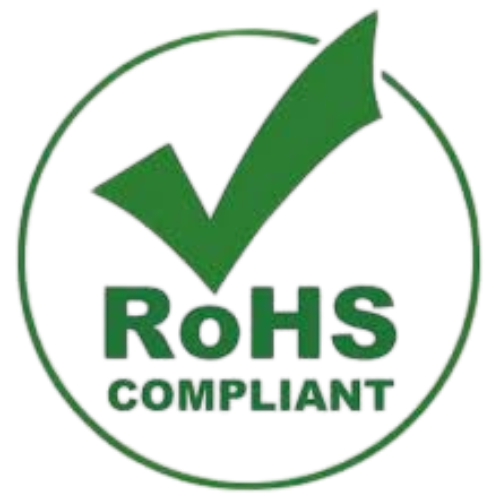 Global Approvals
Global Approvals
 TEC
TEC
 ARAI
ARAI
 BEE
BEE
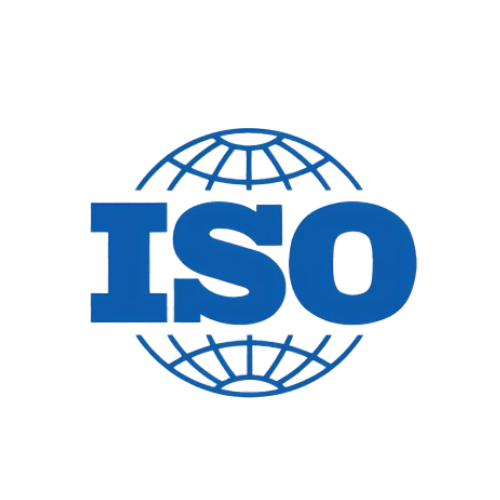 ISO Certification
ISO Certification
 Drone Registration
Drone Registration
 NOC For Steel
NOC For Steel








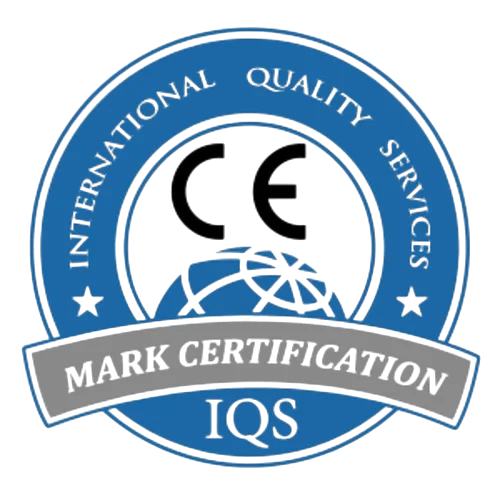


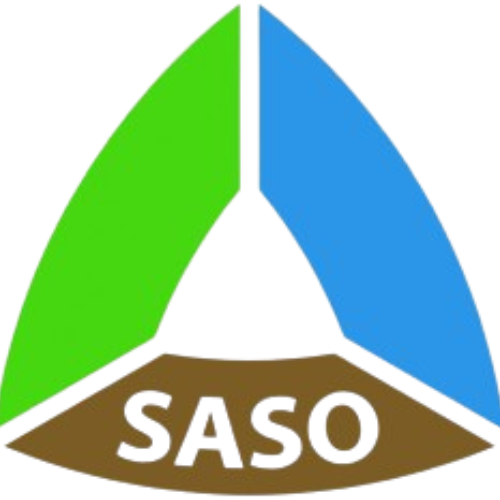

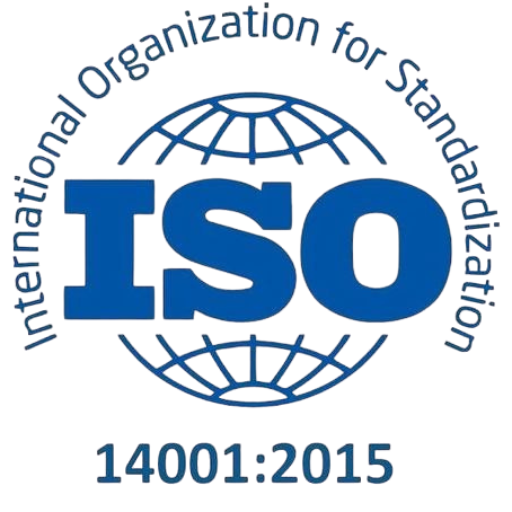
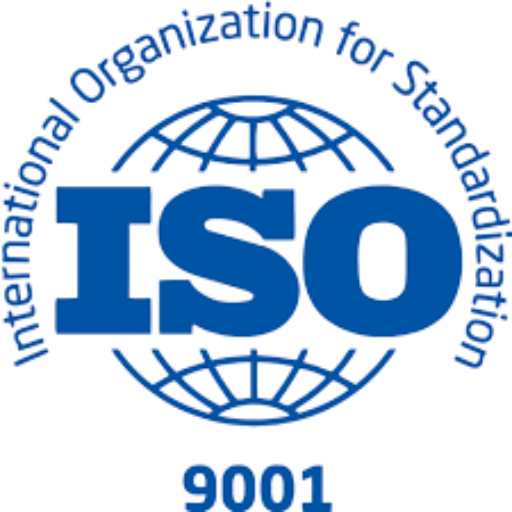
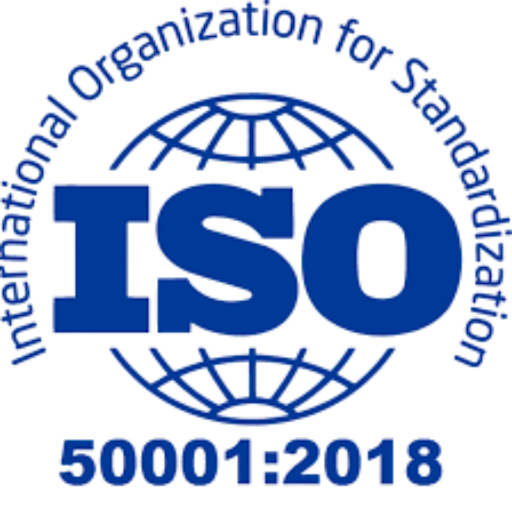
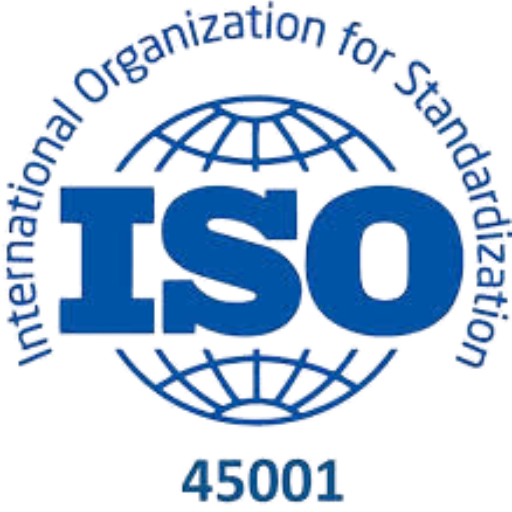
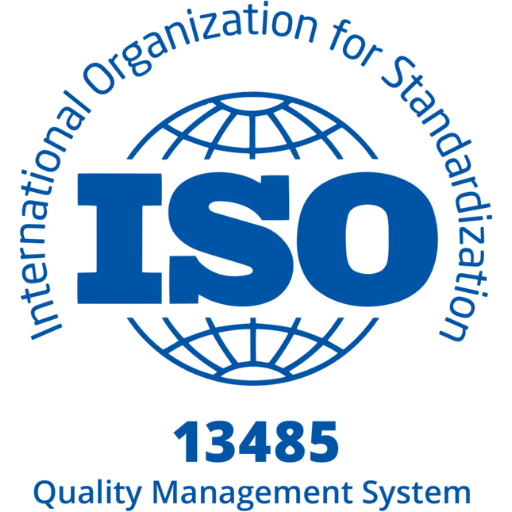
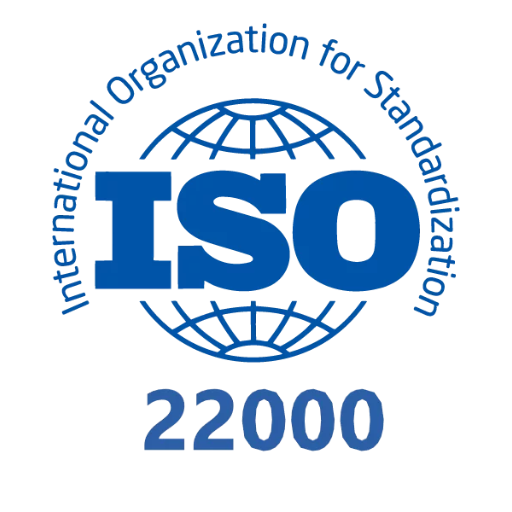
 Business Registration
Business Registration






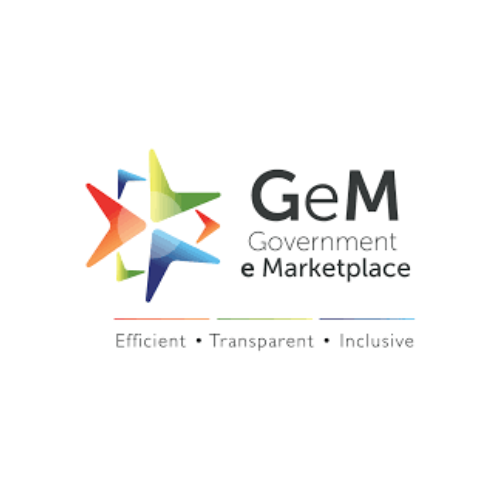








 Legal Services
Legal Services
